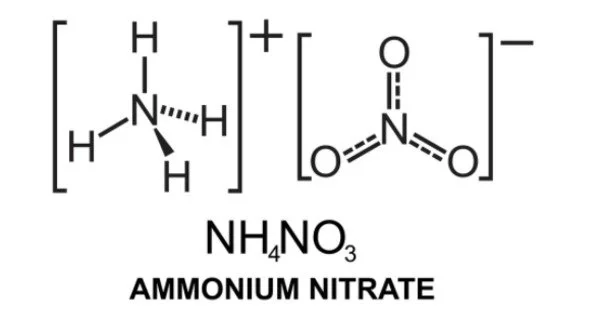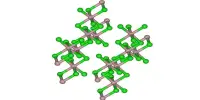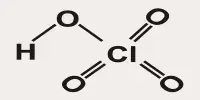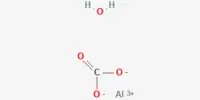Ammonium nitrate (NH4NO3) is a chemical compound. It’s an ionic salt composed of ammonium cation (NH4)+ and nitrate anion (NO3)-. It is a white crystalline substance made up of ammonium and nitrate ions. Although it does not form hydrates, it is very soluble in water and hygroscopic as a solid. It is mostly used as a high-nitrogen fertilizer in agriculture. In 2017, global production was predicted to be 21.6 million tonnes.
It is also utilized extensively in explosive mixes used in mining, quarrying, and civil construction. It is a significant component of ANFO, a common industrial explosive that accounts for over 80% of all explosives used in North America; identical formulas have been used in improvised explosive devices.
Because of worries about its potential for misuse, many governments are phasing out its usage in consumer applications. Since the early twentieth century, ammonium nitrate explosions have killed thousands of people.
Properties
Ammonium nitrate is a crystalline solid having a white/grey colour. It has a trigonal crystal structure. It is quite soluble in water; its solubility at 200C is 150g/100ml. The solubility increases to 1024g/100ml when the temperature is raised to 1000. The dissolution of NH4NO3 in H2O is highly endothermic. This compound has very low shock and friction sensitivities.
- Chemical formula: NH4NO3
- Molar mass: 80.043 g/mol
- Appearance: white crystalline solid
- Density: 1.725 g/cm3 (20 °C)
- Melting point: 169.6 °C (337.3 °F; 442.8 K)
- Boiling point: approx. 210 °C (410 °F; 483 K) decomposes
- Solubility in water: Endothermic [118 g/100 ml (0 °C)]; [1024 g/100 ml (100 °C)]
- Crystal structure: trigonal
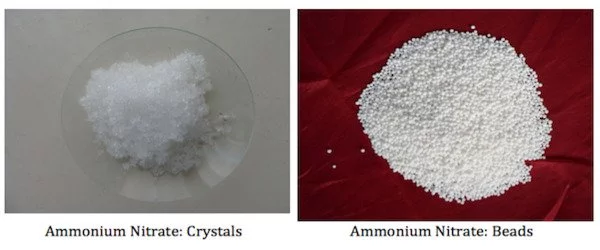
Production, reactions and crystalline phases
Ammonium nitrate dissolves easily in water after dissociating into its constituent ions. Because it is formed from a weak base (NH3) and a strong acid, this salt is acidic in nature (HNO3). The acid-base reaction of ammonia with nitric acid is used in the industrial manufacturing of ammonium nitrate:
HNO3 + NH3 → NH4NO3
Ammonia is used anhydrously (as a gas), and nitric acid is concentrated. Because of its extremely exothermic nature, the reaction is violent. Following the formation of the solution, which is normally at approximately 83 percent concentration, the excess water is evaporated away, leaving an ammonium nitrate (AN) content ranging from 95 percent to 99.9 percent concentration (AN melt), depending on grade. In a spray tower, the AN melt is formed into “prills” or small beads, or into granules by spraying and tumbling in a revolving drum. To prevent caking, the prills or granules might be dried, chilled, and coated. These prills or granules are the most common AN products on the market.
The ammonia required for this process is obtained by the Haber process from nitrogen and hydrogen. Ammonia produced by the Haber process can be oxidized to nitric acid by the Ostwald process. Another production method is a variant of the nitrophosphate process:
Ca(NO3)2 + 2 NH3 + CO2 + H2O → 2 NH4NO3 + CaCO3
The products, calcium carbonate and ammonium nitrate, may be separately purified or sold combined as calcium ammonium nitrate.
Ammonium nitrate can also be made via metathesis reactions:
(NH4)2SO4 + Ba(NO3)2 → 2 NH4NO3 + BaSO4
NH4Cl + AgNO3 → NH4NO3 + AgCl
Reactions
As ammonium nitrate is a salt, both the cation, NH4+, and the anion, NO3−, may take part in chemical reactions.
Solid ammonium nitrate decomposes on heating. At temperatures below around 300 °C, the decomposition mainly produces nitrous oxide and water:
NH4NO3 → N2O + 2H2O
At higher temperatures, the following reaction predominates.
2 NH4NO3 → 2N2 + O2 + 4H2O
Both decomposition reactions are exothermic and their products are gas. Under certain conditions, this can lead to a runaway reaction, with the decomposition process becoming explosive. See § Disasters for details. Many ammonium nitrate disasters, with loss of lives, have occurred.
The red–orange colour in an explosion cloud is due to nitrogen dioxide, a secondary reaction product.
Occurrence
Ammonium nitrate is found in the driest regions of Chile’s Atacama Desert as the natural mineral gwihabaite (formerly known as nitrammite) – the ammonium analogue of saltpetre (mineralogical name: niter) – often as a crust on the ground or in conjunction with other nitrates, iodate, and halide minerals. Ammonium nitrate was mined there until the Haber-Bosch process allowed nitrates to be synthesized from atmospheric nitrogen, making nitrate mining obsolete.
